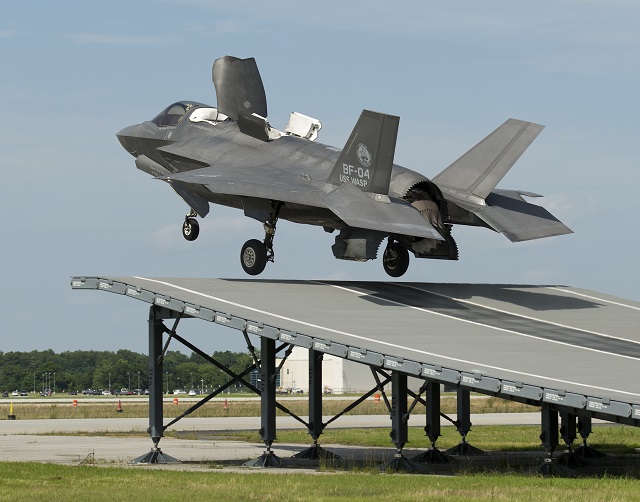| "The
control laws on the F-35B are designed to make the task of taking off
and landing at the ship much easier than for previous STOVL aircraft,”
said Gordon Stewart, flying qualities engineer representing the UK Ministry
of Defence. “For ski jump launches, the aircraft recognizes when
it is on the ramp and responds by positioning the control surfaces and
nozzles automatically for takeoff and climb. This was our first chance
to demonstrate these new control laws using a land-based ski jump. We'll
be using these results — along with those from future testing —
to help us prepare for the first shipboard ski jump launch from HMS Queen
Elizabeth." |
|||
F-35B Lightning II STOVL Aircraft Completed First Ski Jump Launch
- Posted On











